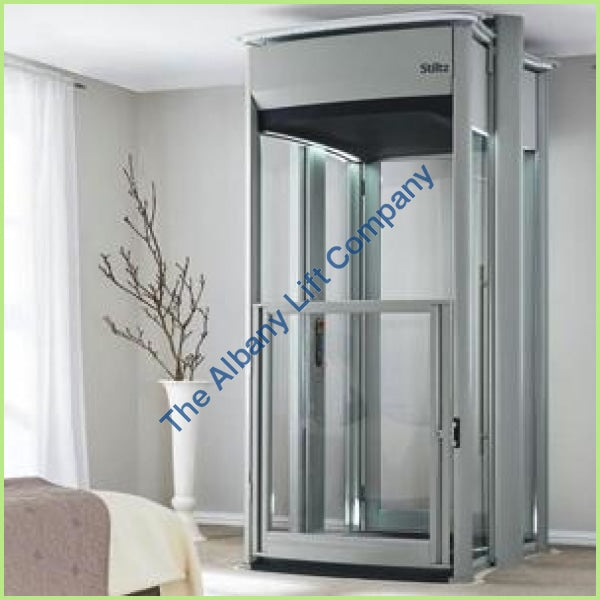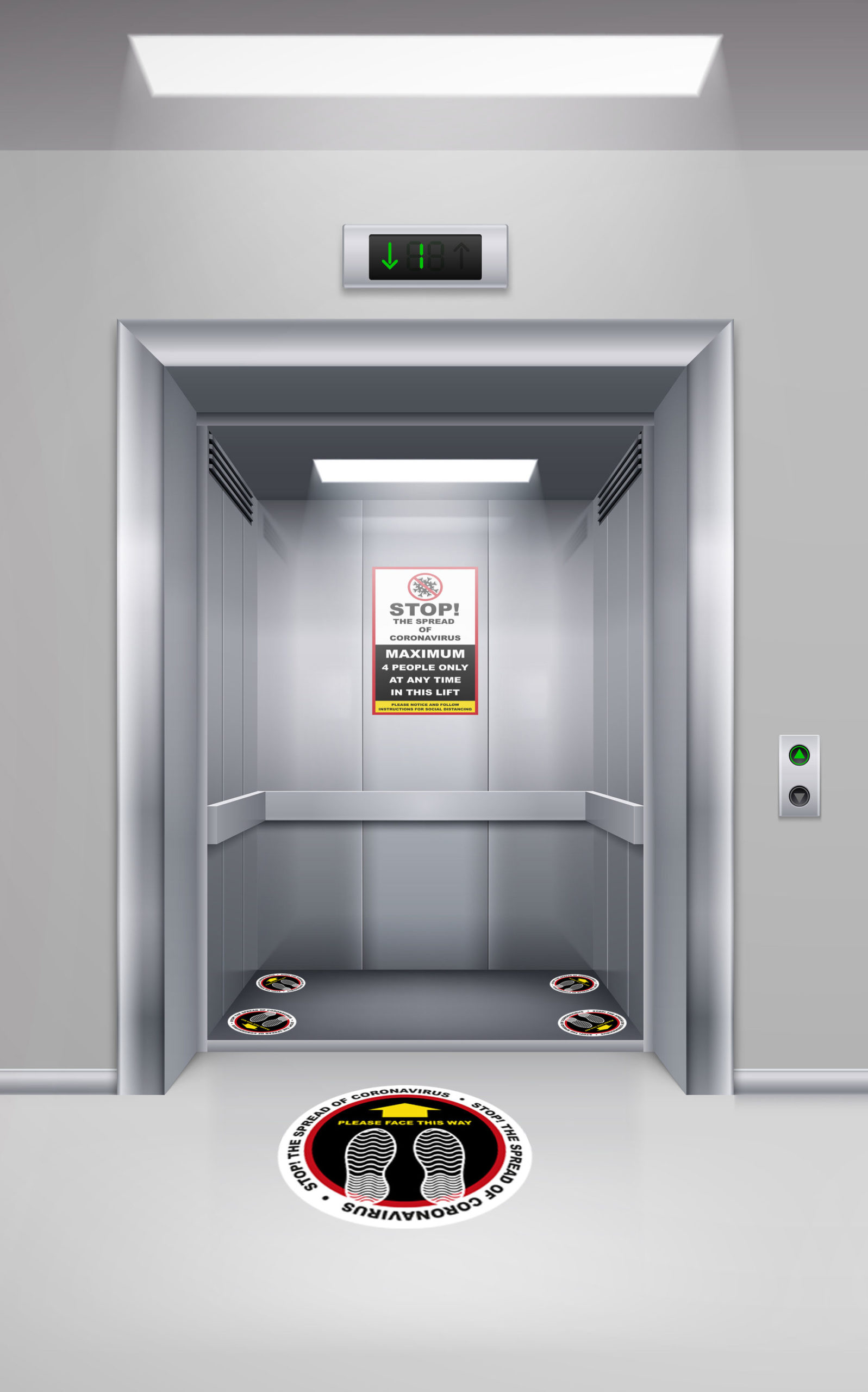Leading Lift Companies in London: Offering Top Quality Installations and Upkeep
Leading Lift Companies in London: Offering Top Quality Installations and Upkeep
Blog Article
Looking Into the Globe of Elevators: Typical Issues Encountered by Different Lift Devices
As we browse with the upright transport systems of modern-day buildings, lifts stand apart as a crucial element of our every day lives. Nevertheless, behind their seamless operation exists a world of complex systems that can sometimes run into challenges. From hydraulic lifts to traction systems and machine-room-less styles, each lift kind features its set of usual problems. Recognizing these challenges is critical for guaranteeing the smooth functioning of these crucial systems. Allow's explore the complexities that underlie the procedure of lifts and the potential issues that can emerge, clarifying the complex internet of lift mechanisms.
Hydraulic Elevators
Hydraulic lifts, typically liked for low-rise structures, utilize fluid pressure to control the activity of the lift car (lift repair companies). This system includes a hydraulic pump pressing oil right into a cyndrical tube, creating the lift to relocate the desired direction. While hydraulic elevators are known for their peaceful and smooth procedure, they do include their very own collection of typical problems
One widespread issue with hydraulic elevators is oil leakage. Additionally, issues with the control system, such as damaged shutoffs or a malfunctioning pump, can trigger interruptions in the lift's motion.
Routine maintenance and punctual fixings are important to guarantee the smooth functioning of hydraulic lifts. By dealing with these common concerns proactively, building owners can decrease downtime and make sure the safety and performance of their upright transportation system.
Grip Elevators
When considering upright transportation systems in structures, one more common kind other than hydraulic lifts is the traction lift. Traction elevators operate utilizing a system of ropes and counterweights that relocate the elevator auto by grasping onto the hoist ropes. This mechanism enables smoother and much faster vertical transport compared to hydraulic systems.
Among the typical issues dealt with by traction lifts is rope wear. The constant motion of the ropes within the traction system can cause deterioration over time, potentially creating the lift to malfunction or end up being harmful for use. Regular inspections and upkeep of the ropes are necessary to make certain the elevator's appropriate performance and security.
Another problem that grip lifts may come across is related to the control system. Issues with the control system can bring about issues such as irregular movement, delays in feedback times, or even total shutdowns. Routine screening and upkeep of the control system are vital to stop such problems and make sure the lift's dependability.
Machine-Room-Less (MRL) Lifts

Among the crucial elements of MRL lifts is the small gearless grip maker that is installed within the hoistway. This equipment effectively drives the elevator automobile without the need for cumbersome equipment located in conventional grip elevators. In addition, MRL elevators typically make use of a counterweight system to stabilize the vehicle, more improving their power efficiency.
Despite their benefits, MRL lifts might face challenges associated with upkeep and repair work due to the restricted area for equipment installment. Access for servicing components within the shaft can be limited, requiring specialized training for service technicians. Appropriate maintenance timetables and normal assessments are vital to guarantee the ongoing smooth procedure of MRL elevators.
Overloading and Weight Limit Issues
Straining and weight limitation problems are essential problems in lift operations. Elevator producers design raises with details weight abilities to make sure traveler safety and equipment longevity.
When elevators are overwhelmed, it puts too much pressure on the motor, cables, and other elements, potentially creating malfunctions or break downs. Safety mechanisms such as sensing units and overload sensors are in location to protect against elevators from relocating if they detect excess weight. Additionally, exceeding weight limitations can lead to increased energy usage and wear and tear on the lift system.
To reduce overloading problems, constructing managers need to plainly present weight limitations in elevators and enlighten passengers on the relevance of sticking to these restrictions - why not look here lift repair companies. Normal maintenance checks by certified specialists can additionally help guarantee that elevators are running within safe weight criteria. By dealing with overloading and weight limit problems proactively, structure proprietors can boost elevator security and efficiency
Electric System Failings
Going beyond weight restrictions in lifts can not only lead to mechanical issues however additionally potentially add to electrical system failings within the lift facilities. Electrical system failings are a critical problem in lift operation, as they can create unforeseen closures, breakdowns, or even safety and security risks.
Furthermore, power surges or changes in the electrical supply can likewise interrupt the lift's operation, impacting its efficiency and security. These electric disruptions can damage sensitive lift elements such as control board, motherboard, or sensors, bring about system failures. Normal upkeep and inspections are critical to identify and resolve potential electrical issues without delay, making certain the efficient and safe operation of lift systems. By sticking to weight restrictions and carrying out regular electric system checks, structure proprietors can alleviate the danger of electrical failings in elevators.
Final Thought

Hydraulic elevators, commonly chosen for low-rise buildings, make use of fluid stress to manage the movement of the lift vehicle.When thinking about upright transportation systems in structures, one more usual kind aside from hydraulic elevators is the grip elevator. Grip lifts run utilizing a system of ropes and weights that relocate the lift car by grasping onto the hoist ropes. Unlike standard lifts that call for a separate machine area to house the equipment, MRL lifts integrate most of the elements within the shaft, getting rid of the my latest blog post need for a dedicated device area.In conclusion, lifts deal with typical issues such as hydraulic malfunctions, traction system failures, and electric system troubles.
Report this page